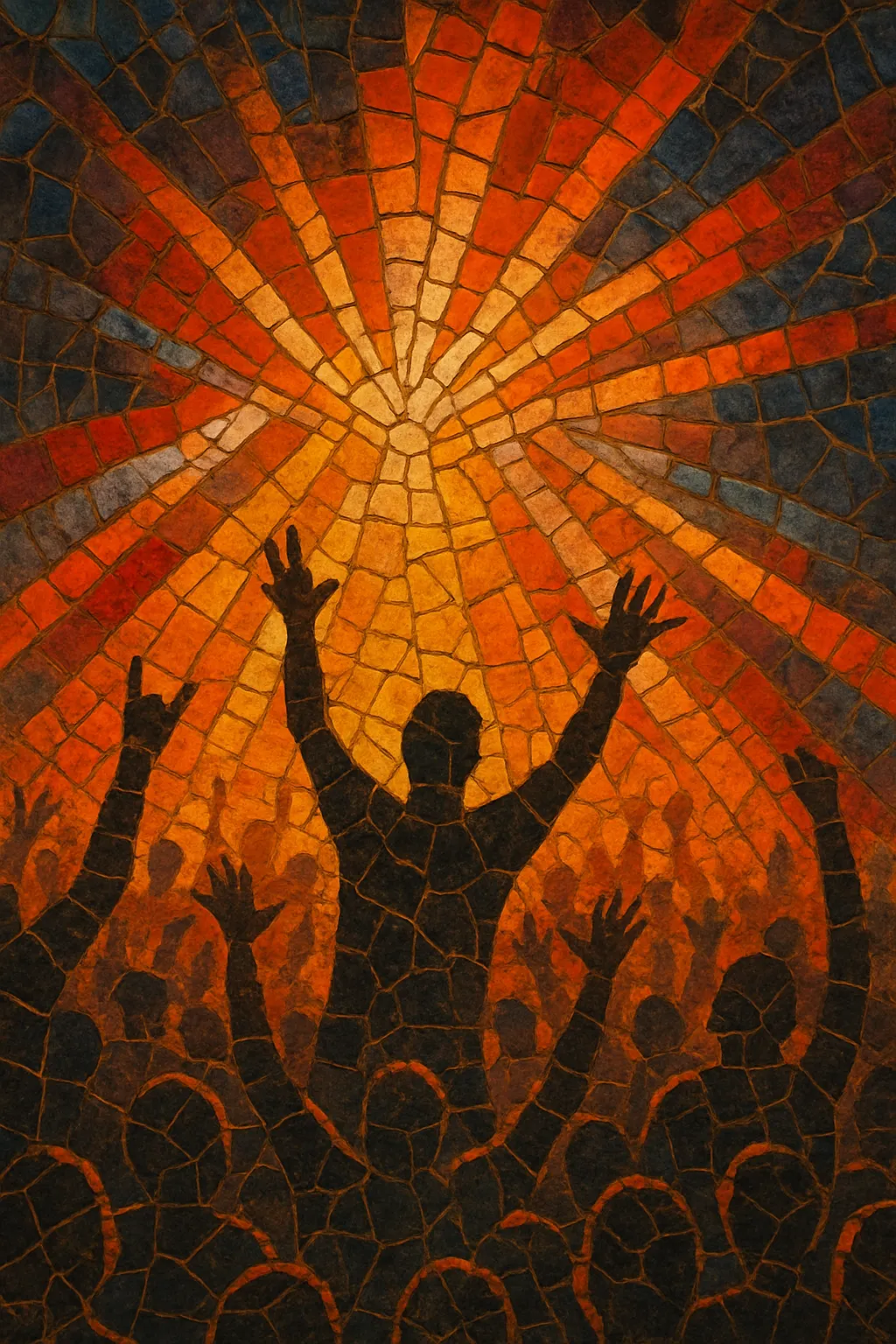
Rally house is a high-energy, festival-oriented strain of house music engineered to rally large crowds in arenas, stadiums, and mainstage settings. It blends the punchy four-on-the-floor of big-room and electro house with anthem-like melodic hooks, noisy risers, and explosive drops meant to trigger mass call-and-response.
Typical productions sit around 126–130 BPM, feature supersaw leads, hard-hitting kicks with strong sidechain pumping, and dramatic, tension-building breakdowns that bloom into maximal, chant-ready drops. Producers frequently use crowd chants, claps, brass stabs, snare rolls, white-noise sweeps, and simple, triumphant chord progressions to maximize immediacy and impact.
Rally house took shape in the early 2010s as festival culture and mainstage EDM surged globally. DJs and producers began favoring ultra-direct, chantable hooks and thunderous drops that could translate across languages for vast outdoor audiences. The sound leaned on the clarity and punch of electro house, the large-scale euphoria of progressive and uplifting trance, and the functional, DJ-friendly structures of big-room house.
As European and North American festivals grew (and sports arenas increasingly programmed EDM between plays), the template solidified: long tension-building breakdowns, siren-like risers, and emphatic "hands-up" drops with compressed supersaw stacks. The name reflects the music’s primary purpose—rallying crowds through simple, triumphant motifs and kinetic percussion.
Rally house aesthetics bled into adjacent styles: festival trap borrowed the breakdown/drop dramaturgy and anthemic toplines; speed-leaning house variants adopted its crowd-commanding drop language; and pop and sports entertainment environments embraced its instant, hook-centric utility. While trends cycle, rally house remains a go-to toolset for DJs seeking maximal, collective release moments.

